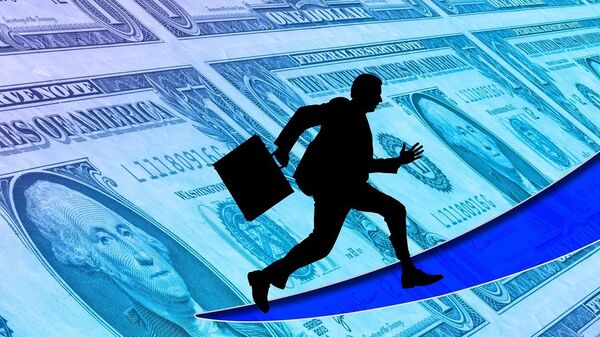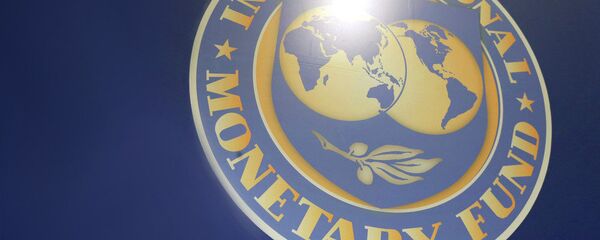Kristian Rouz — Janet Yellen's Federal Reserve is continuing down the path of tightening monetary conditions, which began with a wrap-up in asset purchases in 2014 and four interest rate increases since December 2015.
However, some economists point out policy tightening amidst stagnant wages and subdued longer-term inflation expectations might result in the Fed losing control over the US economy, particularly so after the unconventional monetary stimulus of the past eight years has produced the slowest recovery in US economic history.
This despite central bank borrowing costs having risen from near-zero to the current 1.25 percent, meaning the tighter monetary conditions have failed to carry over to natural borrowing costs, as well as failing to spur on non-financial sector investment.
"And the biggest structural surprise is that technology has rendered wage inflation a phenomenon for the history books," Eric Peters of One River Asset Management says. "But if we don't see a sustained cyclical jump in wages, then yields won't go up. And if yields don't go up, then the asset price ascent will accelerate."
Fed policymakers admit that raising borrowing costs despite stagnant wages is not conventional monetary policy practice. However, tightening of monetary conditions is largely motivated by the expected effects of President Trump's fiscal stimulus, which will boost Main Street infrastructure investment, as well as consumer spending, whilst tax cuts are forecast to push the wages up.
In the end, it all comes down to the effective disposable incomes of American consumers.
Besides, possible changes at the central bank itself, including the likely appointment of a new Fed Chair in February, could drastically alter the outlook on Fed policy.
"My hope would be that they were flexible and pragmatic enough that if the rule wasn't working particularly well that they would make adjustments," Rosengren said. "For example, reading John Taylor's paper at this conference, he seemed pretty flexible: he talked about a variety of different rules, talked about different ways that they could be implemented."
Meanwhile, Chicago Fed President Charles Evans said inflation data is not encouraging, stressing the core inflation gains of just 0.1 percent in September is not enough to provide substantial footing for further interest rate upward adjustment.
For the past six months, inflation has underperformed, mostly due to the lack of gains in disposable incomes. This also hampers the services sector and domestic consumer purchases.
"In a lot of our inflation forecasts right now, there's still a lot of hope," Evans pointed out. "It would be nice if we had more confirmation that inflation was going to pick up."
Chicago Fed chief also cited the eroded consumer confidence as a reason for concern and suggested allowing inflation to overshoot the 2-percent target before adjusting rates.
Meanwhile, Deutsche Bank analysts are more optimistic of the longer-term interest rates and inflation. Deutsche's derivatives strategist Aleksandar Kocic says the Fed's attempts to hike rates defying the odds of low inflation are motivated by the desire to avoid sharp interest rate hikes in the future.
"The Fed needs to raise rates in order to prevent rates rise. What must not be, cannot be: Inflation cannot be allowed to develop because it would be no way of avoiding dramatic rise in rates." Kocic says. "If the Fed embarks on aggressive hikes in order to fight inflation, rates would rise. If the Fed stays behind the curve, the market would steepen the curve. Either way, the long rates go up."
President Trump's fiscal stimulus might unwind a spiral of inflation, as a multi-trillion influx of hard cash into Main Street's economy would boost consumption and business investment.
In this environment, the Fed has to balance its short- and longer-term policy goals, as multiple premature hikes would hinder GDP growth, whilst procrastinating on interest rate adjustment would render policy adjustment rather tumultuous closer to the end of 2018.






